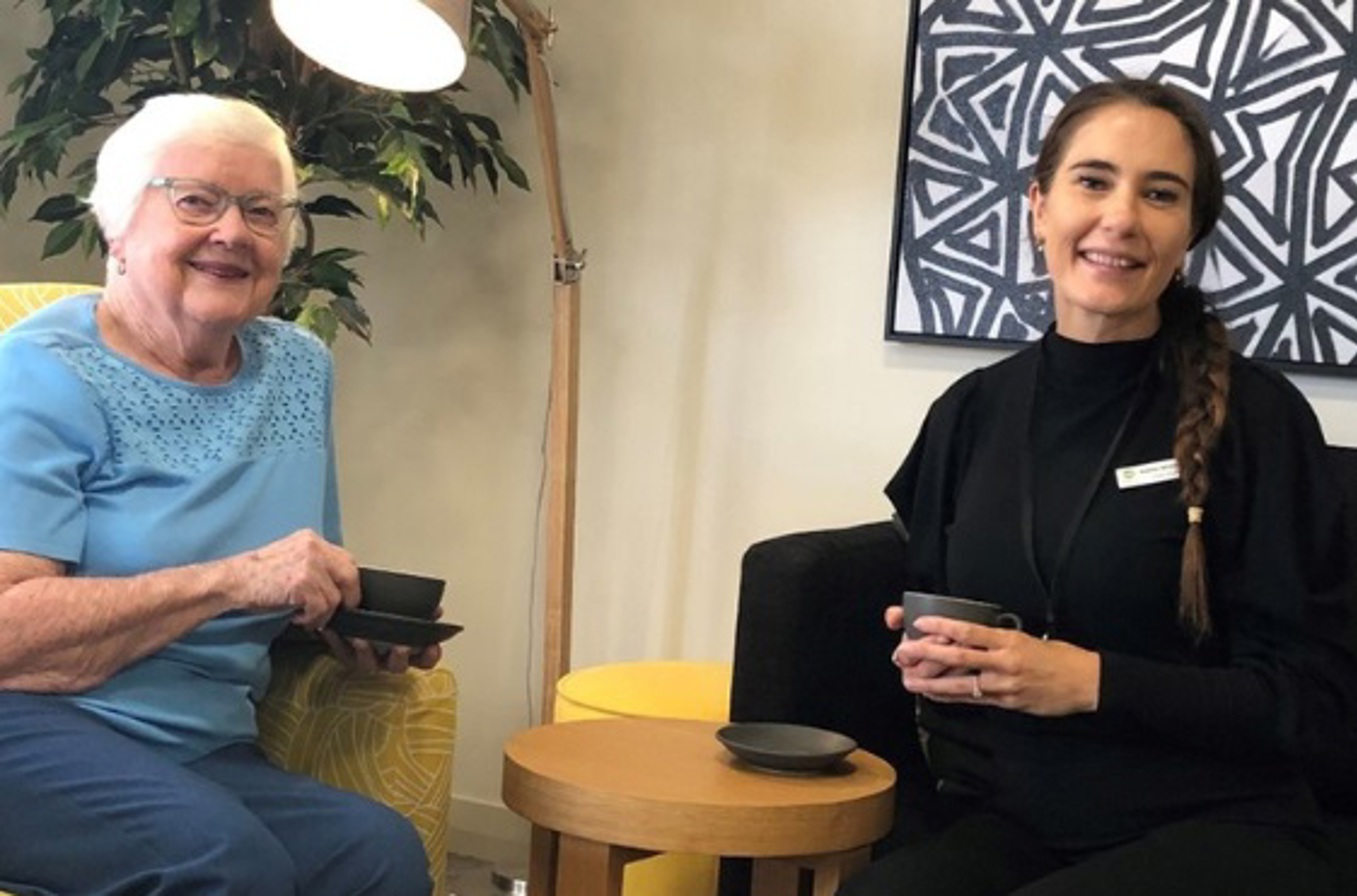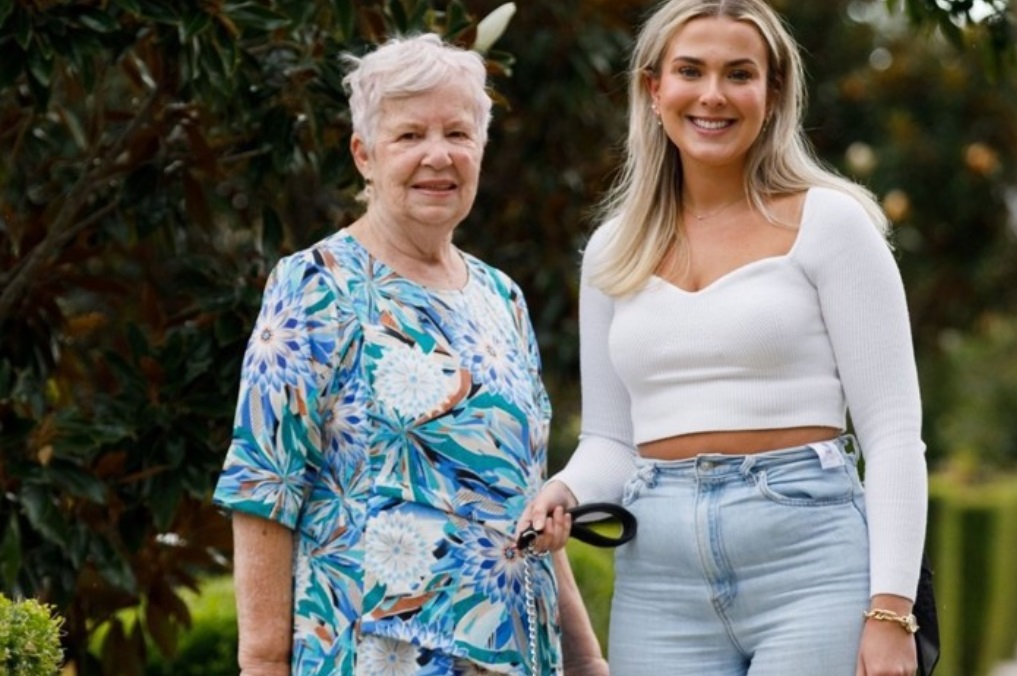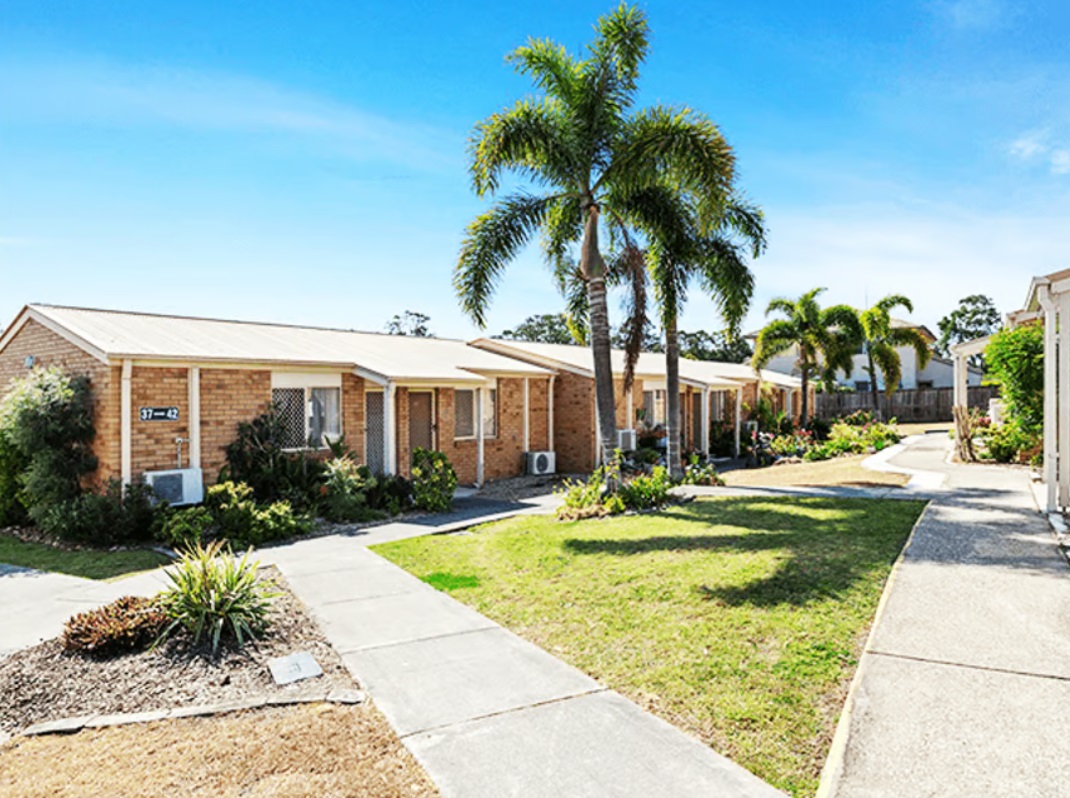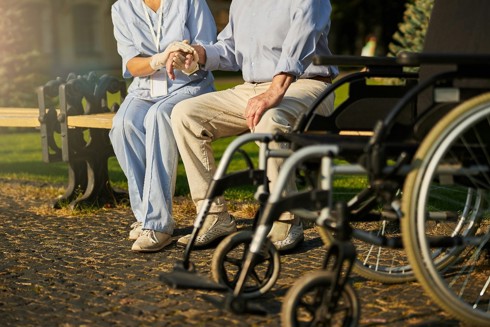Your sense of balance later in life can be crucial – how to improve yours
16/01/2024
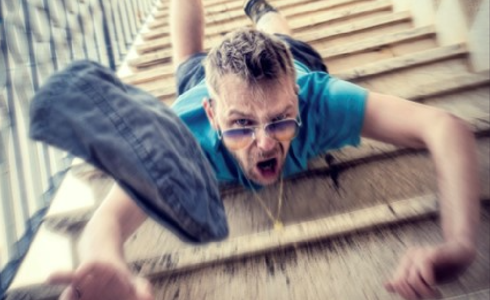
A fall at a later stage in life can be scary, and can even cause some serious damage. A sense of balance is not something we’re all equipped with, so as you age, falls can be a real sense of anxiety.
However, there are lots of things you can do to prevent falling by improving your balance.
What is balance?
It’s not something people are born with, and it’s not something people learn in the same way as speech – not quite a sense or a skill, but an ability that people gain early and lose over time.
Put simply, balance is often defined as the ability to distribute your bodyweight over your base of support – a definition that muddles up movement and physical ability with what other people think of as innate.
What can people do to improve their balance
Easy: Standing on one leg, with hands resting on a work surface if feeling unsteady. See how long you can maintain your balance and progressively make it harder by going up on to your tiptoes or doing 10 small knee bends. One way is to do it brushing your teeth.
Medium: Begin from standing and take a big step forward, bending your front leg until your trailing knee just brushes the floor. Then push off your front leg and return to a standing position. Progress to walking lunges, where you move across the ground by lunging on alternate sides, and add hand weights in to build muscular strength.
Hard: Step ups on to a step or box. Put one foot on to a box and push through on that heel to step up so both feet end up together. To ensure you don’t use your trailing leg to help, keep toes off the ground on that foot. Progress by using a higher step or by taking your trailing leg up towards your chest.
Try 10 with your right leg and then 10 with your left, and add hand weights to build strength.

